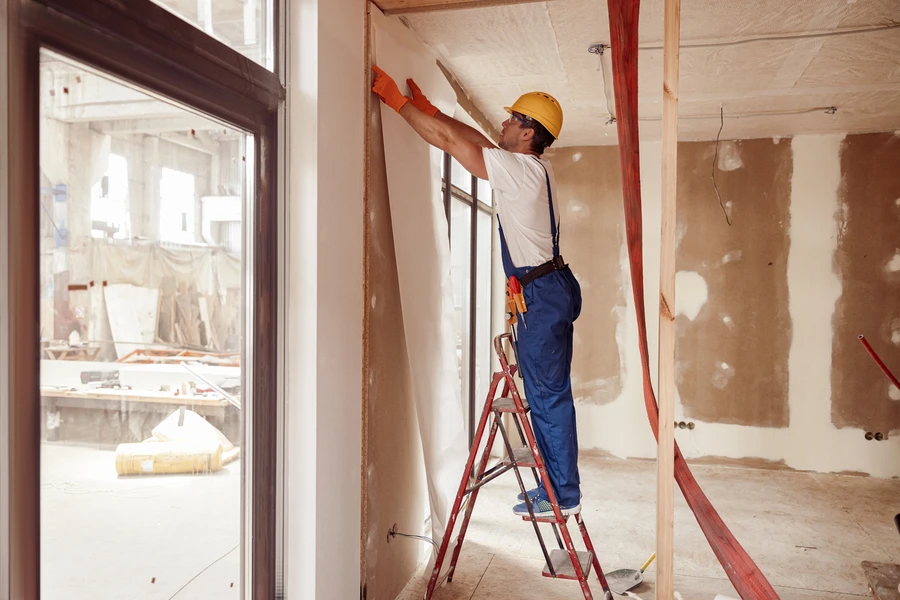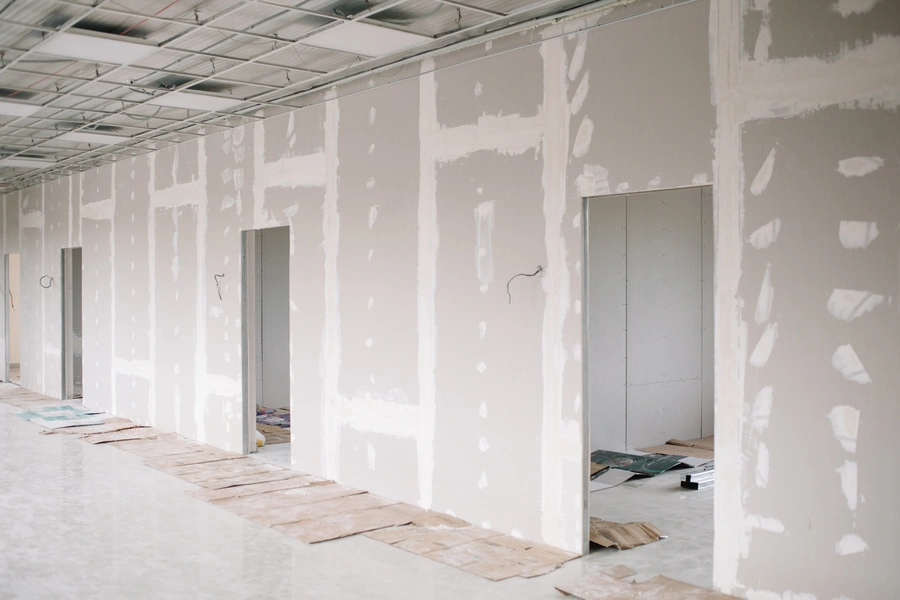Key Pitfalls in Wall Setup and Solutions to Overcome Them
When working on home improvement projects, installing drywall is a common task. However, this process can lead to frequent mistakes if not handled properly. Understanding these errors and learning how to avoid them can save time, money, and frustration. This article will guide you through the most common pitfalls during setup and provide actionable solutions to ensure a smooth finish.

Poor Measurement Techniques
One of the biggest blunders is improper measuring. Accurate measurement is crucial for fitting pieces together without gaps or overlaps. A small mistake here can cause major issues later. Always double-check your measurements before cutting any materials. Using a reliable tape measure and marking tools will help you avoid these costly errors.
Incorrect Fastening Methods
Using the wrong type or size of screws is another frequent problem. Many assume all fasteners are interchangeable, but this isn’t the case. For effective drywall installation, use screws specifically designed for drywall. These have different threading to secure the board without causing damage. Also, overdriving screws can break the paper surface, leading to weak spots.

Ignoring Joint Taping and Mud Application
Some installers skip joint taping or apply mud unevenly, which leads to visible seams after painting. It’s important to apply a thin layer of mud first, lay down the tape, and then cover it with more mud evenly. Proper sanding between coats ensures a smooth surface ready for painting, preventing unsightly lines.
Underestimating the Importance of Finishing Touches
The finishing touches often make the difference between amateur work and professional results. Skipping primer or using low-quality paint can cause imperfections to appear more pronounced. Opt for high-quality primers and paints that hide minor blemishes and create a polished look.
Lack of Support Structures
Without adequate support, boards can sag or crack under weight. Always install additional studs if necessary to prevent such problems. Consider using metal framing in moisture-prone areas for added durability. Ensuring strong backing is vital for long-lasting and stable wall construction.
Environmental Factors Neglected
Climate considerations play a role too. In humid environments, using standard boards instead of moisture-resistant ones can lead to mold growth. Select materials suited to your local climate conditions. This foresight helps maintain structural integrity over time.
- Measure twice before cutting materials
- Use correct fasteners designed for drywall
- Tape joints correctly with proper mud application
- Select quality finishes like primer and paint
- Add supports where necessary for stability
- Consider environmental factors like humidity
Secure Your Project With Professional Help
If you’re unsure about handling this task alone, hiring professionals may be beneficial. Experts have extensive experience and access to high-grade materials that guarantee lasting results. Get in touch with Professional Way Handyman LLC at (941) 300-5797 to discuss how our services can assist you. Based in Ruskin, FL, we offer tailored solutions ensuring your walls stand the test of time.
